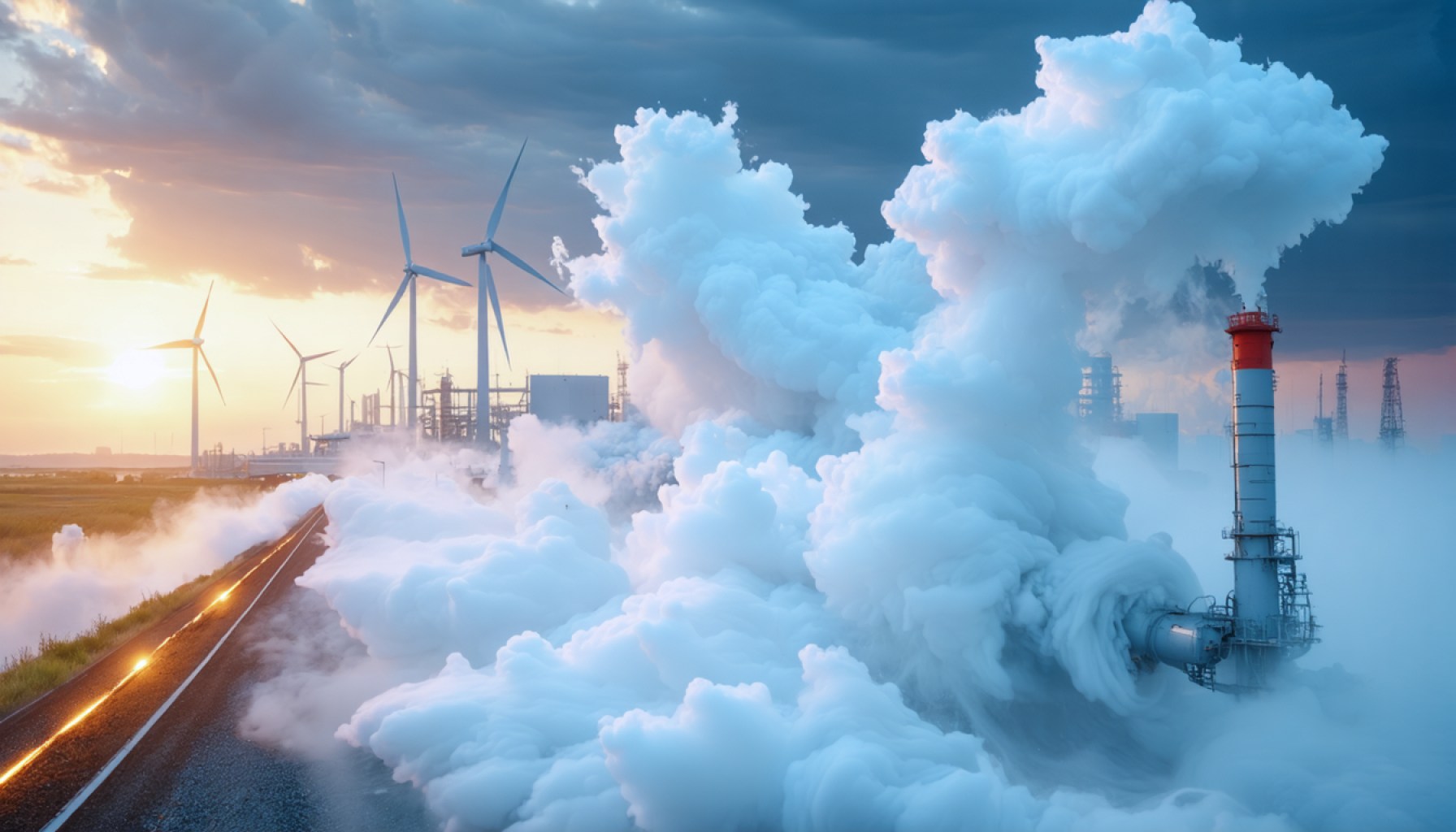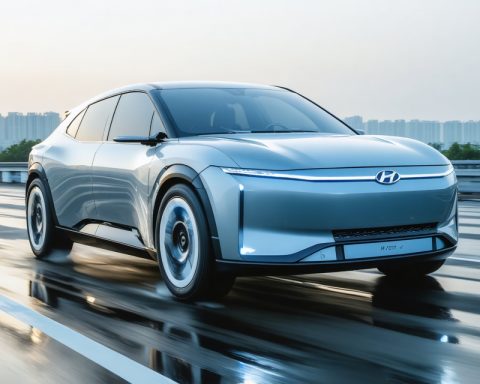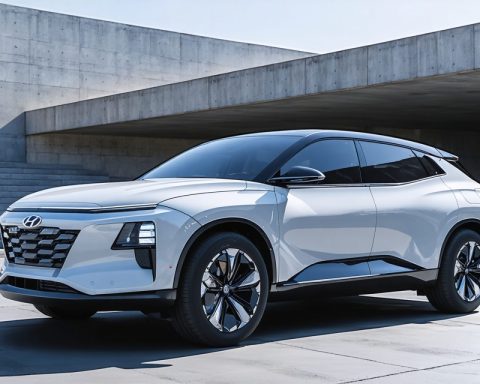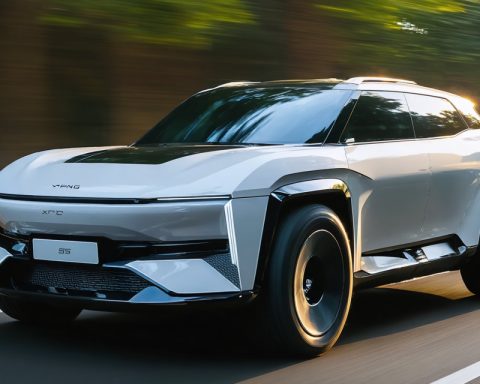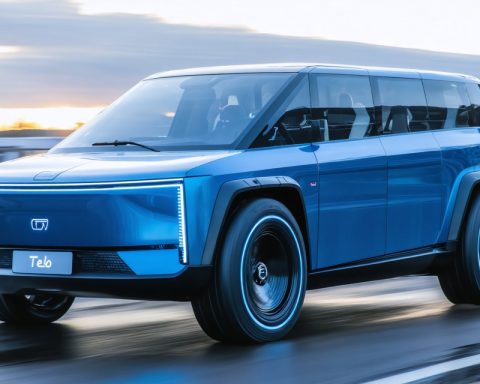- Solid oxide electrolyser cell (SOEC) technology offers a groundbreaking leap in hydrogen and ammonia production efficiency, reducing energy consumption by 30%.
- The integration of thermal energy with SOEC systems is key to achieving significant cost reductions and enhanced hydrogen yields.
- This advancement targets hard-to-electrify sectors like steel and shipping, promoting green hydrogen and ammonia use.
- Government policies, novel financing models, and continuous technological innovation are crucial in supporting these sustainable energy solutions.
- Ammonia production benefits from integrated thermal energy, paving the way for increased hydrogen output and reduced carbon footprints.
- The shift towards sustainable energy transcends individual technologies, highlighting a collective movement towards large-scale decarbonization projects.
- The long-term vision includes coal-free green steel, AI-powered data centers, and maritime shipping utilizing clean ammonia fuel.
Imagine a world where clean energy isn’t just a distant dream but a rapidly unfolding reality. This vision drives a pioneering effort to make hydrogen and ammonia production more sustainable and efficient. At the heart of this revolution lies a remarkable development in solid oxide electrolyser cell (SOEC) technology, promising game-changing advances.
Picture electrolysers slashing energy consumption by 30%. The promise of this leap in efficiency stems from cleverly utilized thermal integration with revolutionary SOEC systems. Through strategic partnerships and a robust patent portfolio, the creators of this technology are poised to redefine how hydrogen is generated, focusing on cutting-edge processes that use less electricity and significantly lower costs.
Eying sectors resistant to electrification, such as steel and shipping, this innovation is especially relevant. Ammonia, a crucial hydrogen user, can now enjoy a seamless integration of thermal energy at production sites, exponentially increasing hydrogen yields while reducing carbon footprints. The potential goes beyond ammonia. Envision green steel devoid of coal and data centers powered by sustainable backups as AI demands climb. Even maritime shipping could embrace ammonia as a future fuel, leveraging established networks to distribute clean hydrogen across oceans.
Underlying this progress is a trio of catalytic changes: government policies evolving to support these technologies, innovative financing models emerging, and continuous technological strides. Past hydrogen market exuberances have given way to pragmatic conversations focused intently on large-scale, viable projects.
The road ahead is clear: the decarbonization of hard-to-abate sectors is underway, paving the way for a markedly sustainable future. This innovation story isn’t about individual breakthroughs; it’s the bigger picture of how numerous synchronized advances are steering the world closer to an era of sustainable energy.
The Future of Energy: How Solid Oxide Electrolyser Cells Are Revolutionizing Hydrogen Production
How-To Steps & Life Hacks
1. Understand SOEC Technology: Solid oxide electrolyser cells (SOECs) operate at high temperatures (around 700-1000°C), enabling them to convert water or carbon dioxide into hydrogen or syngas with great efficiency. Studying the workings of thermal integration in SOEC systems is crucial for appreciating energy savings.
2. Integrate Thermal Energy: Utilize waste heat in industrial processes to reduce overall energy consumption. This is particularly useful in industries like ammonia production where excess thermal energy abounds.
3. Innovative Financing: Look into green bonds and clean energy grants that support the adoption of SOEC technology. These financing models reduce the risk and upfront costs associated with new technology implementation.
Real-World Use Cases
– Steel Production: Steel manufacturers can leverage hydrogen produced from SOECs to reduce reliance on coal, thereby significantly cutting emissions. Companies like ArcelorMittal and Thyssenkrupp are already exploring hydrogen in steelmaking.
– Maritime Shipping: For cleaner sea transport, ammonia synthesized from hydrogen might become a primary marine fuel. Companies like Maersk are investigating ammonia’s potential for new fuel cells.
– Data Centers: As AI and data demand surge, data centers can adopt SOEC-driven hydrogen solutions for energy backup, reducing their carbon footprint.
Market Forecasts & Industry Trends
The global hydrogen market is projected to grow significantly, with reports from the Hydrogen Council predicting a $2.5 trillion market by 2050. The integration of SOEC technology is expected to propel growth, particularly in hard-to-abate sectors.
Reviews & Comparisons
When comparing SOECs to traditional alkaline or PEM electrolysers, SOECs offer higher efficiency and better integration with thermal processes but require higher initial investments and complex operating conditions.
Controversies & Limitations
The technology is not without challenges. The high operating temperature of SOECs can lead to material degradation over time. Moreover, economic viability remains contingent upon technological advances and policy support.
Features, Specs & Pricing
SOEC units vary in size and capacity, tailored to industry needs. Pricing is competitive when factoring in long-term savings from reduced energy use and emissions. The focus is shifting towards modular designs, enhancing scalability.
Security & Sustainability
SOEC technology supports sustainability by utilizing excess thermal energy from industrial processes, reducing the need for additional energy input. Security in terms of supply and production is bolstered by localized hydrogen generation capabilities.
Insights & Predictions
As policies pivot toward cleaner energy solutions, a broader adoption of SOECs is foreseen. Industries reluctant to electrify are finding innovative, pragmatic approaches to decarbonize using hydrogen.
Tutorials & Compatibility
Manufacturers offer extensive tutorials for integrating SOECs into existing infrastructure, ensuring compatibility with conventional energy systems. Consulting with experts skilled in SOEC technology can streamline this process.
Pros & Cons Overview
Pros:
– Higher efficiency compared to traditional methods
– Integrates well with existing thermal networks
– Significant carbon footprint reduction
Cons:
– High initial investment costs
– Material durability challenges
Actionable Recommendations
– Begin Small: Pilot projects allow for manageable integration and assessment of SOEC benefits before scaling.
– Leverage Policy: Stay informed about government incentives and policy shifts that can support SOEC projects financially and logistically.
– Partner Strategically: Collaborate with technology developers and industry leaders who have successfully implemented SOEC solutions.
For more on sustainable energy solutions, visit Energy.gov.
